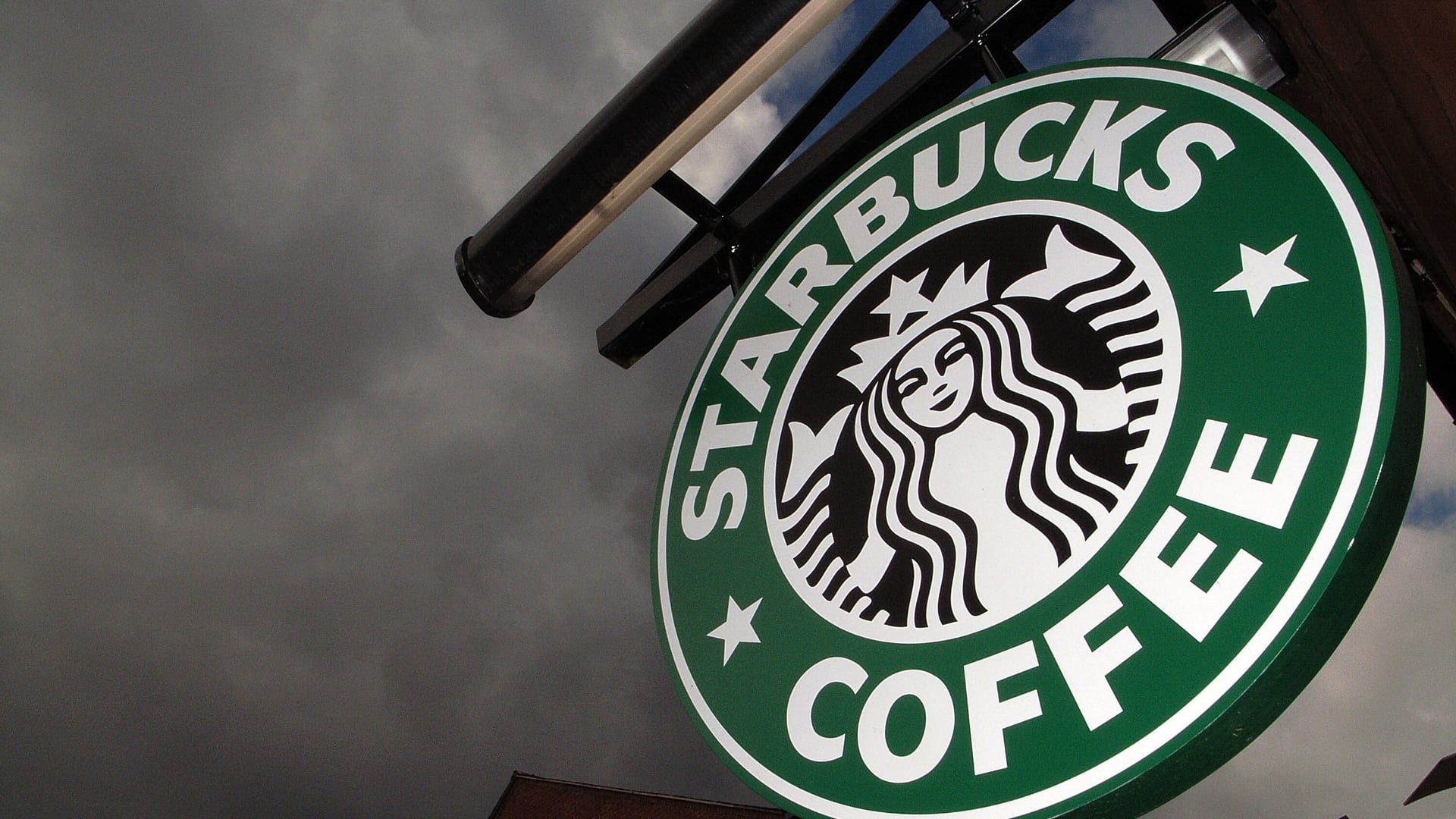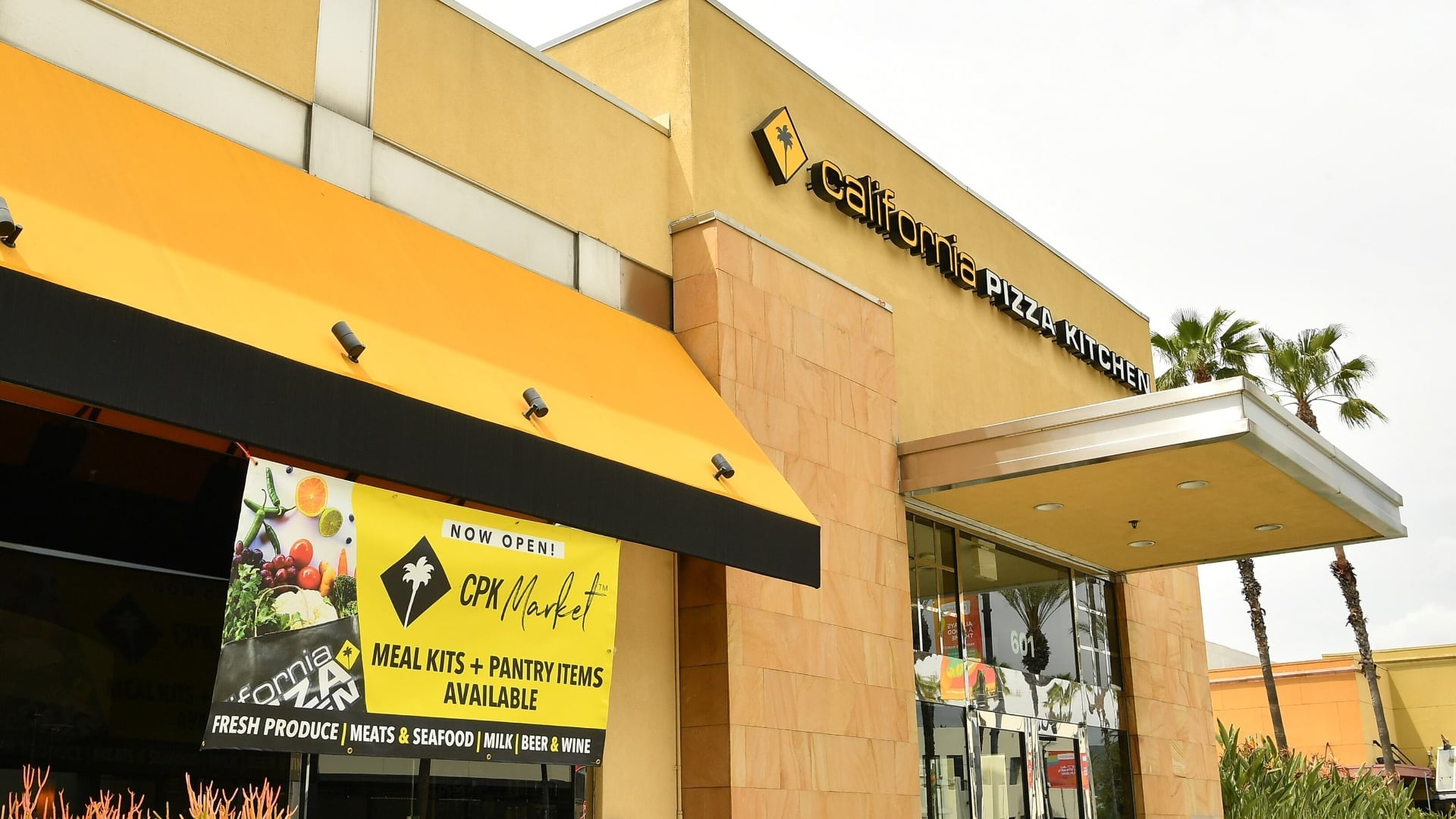*By Carlo Versano* The make-or-break holiday shopping season was off to a strong start as of Black Friday, according to early online data and interviews with several analysts and early online statistics. By the time most families sat down for Thanksgiving dinner, consumers nationwide had already spent $1.75 billion online ー a striking increase of nearly 30 percent over last year, according to data from Adobe Analytics. The latest numbers are an indication that what was once a day-long Black Friday event, that then extended into a long weekend capped by Cyber Monday, has morphed into something altogether different. "Black Friday has definitely evolved," said Jharone Martis, the director of consumer research at Refinitiv. He added that some big-box retailers like Walmart started offering discounts in early November, and "it's not what it was a decade ago." Back then, the start of the holiday shopping season was signified by the doorbuster deals and the crowds (and [fistfights](https://www.youtube.com/results?search_query=black+friday+fights)) that accompanied them. Then, struggling with online competition, brick-and-mortar retailers started opening their doors earlier and earlier, into Thanksgiving Day. But as e-commerce evolved and Amazon ($AMZN) grew its dominance, traditional stores realized they had to move their discounts online, too. "Nowadays, a lot of the retailers are replicating a lot of the deals that used to be in store to online as well," said Sarah Hollenbeck, a retail expert for BlackFriday.com According to that firm's research, 68 percent of Black Friday shoppers said they will do at least some of their spending online. Because of that change, investors should expect foot traffic at some of the big-boxes ー Walmart ($WMT), Target ($TGT), Best Buy ($BBUY) ー to be a little lighter than in years past, according to Hollenbeck. But she expects year-over-year overall sales to increase. Cheddar's Hope King reported Friday from the Newport Centre in Jersey City, N.J., a Simon ($SPG) mall, where she found anecdotal evidence to support Hollenbeck's theory. She saw shoppers who were in less of a rush than in past years to get in to stores as they opened. That is a sign that the deep online discounts, coupled with a longer shopping season than usual due to how Thanksgiving fell this year, are allowing consumers to take their time and look for the best deals, both online and offline. For brick-and-mortar players like Macy's ($M), both of those strategies need to work in tandem. Despite rosy forecasts ー low unemployment, rising wages, cheap gas, and strong consumer confidence paint a bullish picture for any consumer facing company ー analysts are warning that the effect on the stocks of the big brick-and-mortar retailers will be tempered. Companies like Target have poured billions into modernizing their stores and updating their operations to better compete in e-commerce, and that eats into gross margins. Target's stock took a beating last week for this reason, Martis noted. "Market expectations are just too high," she said. "This is just the cost of business." Even as deep discounts have enticed even the wariest of online shoppers, "buying in the store still represents the vast majority of retail sales," said Jaysen Gillespie, the head of data and analytics for Criteo. He pointed to research from his firm that suggests even younger shoppers ー the millennial and Gen Z consumers that do everything online ー still enjoy the experience of going to a store. Gillespie called this the "tech and tactile" approach. But, he noted, it only works if the shopping experience is up to par. Retailers that didn't invest in their stores (see: JC Penney ($JCP), Sears ($SHLD), Toy "R" Us), got killed, while both mass market and specialty retailers that prided themselves on the in-store experience and online/offline integration (see: Walmart, Nike ($NKE)), have thrived. "The death of in-store is overrated," he said. When the Black Friday numbers come in next week, we'll know if he's right.












